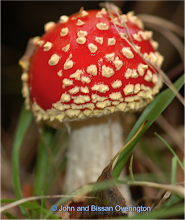ATC code: L01XE13
Wikipedia:Afatinib
Non small cell lung cancer (NCLS) (CRUK NCLS; PDQ NCLS) accounts for 78% of lung cancer incidences in the UK and is typically resistant to chemotherapy. In clinical studies, afatinib increased the mean Progression Free Survival to 11.1 months from 6.9 months (compared to standard of care Pemetrexed/Cisplatin). Furthermore, response to treatment was observed in tumors harboring several EGFR mutant species although the duration of response varied from 6.9 months to 16.5 months depending on the mutation .
GilotrifTM tablets contain the dimaleate salt of afatinib. Afatinib (research code: BIBW-2992; ChEMBL id: CHEMBL1173655; SMILES:CN(C)C\C=C\C(=O)Nc1cc2c(Nc3ccc(F)c(Cl)c3)ncnc2cc1O[C@H]4CCOC4;) has a molecular weight of 485.9 and an AlogP of 3.92. The elimination half-life of afatinib is 37 hours after repeat dosing.
GilotrifTM is produced by Boehringer-Ingelheim
Prescribing information is here.




Comments